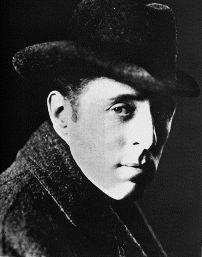David Wark Griffith
The Father of Motion Pictures !


After gaining experience with a Louisville stock company, he was employed as an actor and writer by the Biograph Film Company of New York in 1907. The following year he was offered a director-producer contract and, for the next five years, oversaw the production of more than 400 one- and two-reel films. As his ideas grew bolder, however, he felt increasingly frustrated by the limitations imposed by his employers. Griffith left Biograph in 1913 to join Reliance-Majestic as head of production, and in 1914, he began his most famous film, based on the novel The Clansman by Thomas Dixon. This Civil War Reconstruction epic, known as The Birth of a Nation (1915) {View a scenes from the production (-1-,-2-)} became a landmark in American filmmaking, both for its artistic merits and for its unprecedented use of such innovative techniques as flashbacks, fade-outs, and close-ups. The film was harshly condemned, however, for its racial bias and glorification of the Ku Klux Klan; several subsequent lynchings were blamed on the film. In response to this criticism, Griffith made what many consider his finest film, Intolerance (1916) { View scenes from the production (-1-,-2-)}, in which the evils of intolerance were depicted in four parallel stories--a framework that required a scope of vision and production never before approached.
Although Griffith made numerous other films up to 1931, none ranked with his first two classics. Among the best of these later efforts were Hearts of the World (1918); Broken Blossoms (1919), released by his own newly formed corporation, United Artists; Way Down East (1920); Orphans of the Storm (1922); America (1924); Isn't Life Wonderful? (1924); and Abraham Lincoln (1930). Of the many actors trained by Griffith and associated with his name, Mary PICKFORD, Dorothy and Lillian GISH, and Lionel Barrymore are the most famous. In 1935, Griffith was honored by the Academy of Motion Picture Arts and Sciences with a special award.